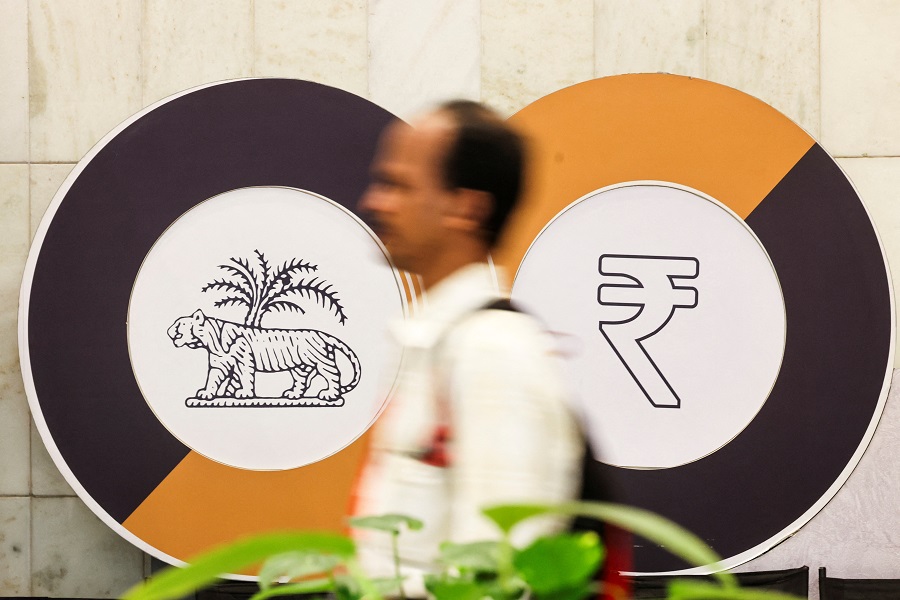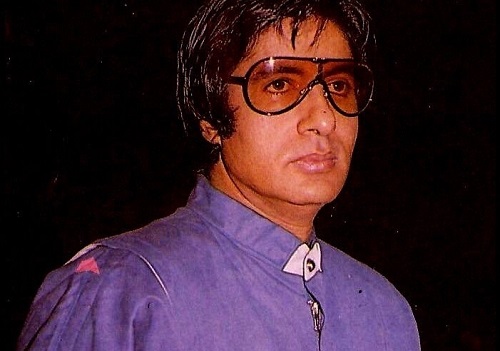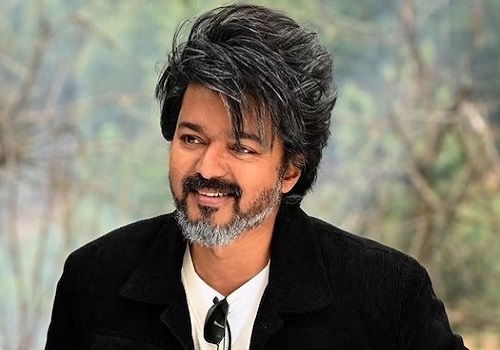Priority: Getting viewers back to cinemas

Follow us Now on Telegram ! Get daily 10 - 12 important updates on Business, Finance and Investment. Join our Telegram Channel
The National Cinema Day, which was held on September 24, has set the mind thinking. It could well turn out to be the day of reckoning for the film industry and, especially, the exhibition trade, which has realised that given the right circumstance, people are still willing to come back to the cinemas to watch a movie.
The National Cinema Day was to be celebrated by the cinema managements with a fixed admission rate for that single day. All shows, all tickets at Rs 75 per ticket. The premium class, the recliners kind, were not included, of course. But, then, that was luxury. Tickets were made affordable and luxury never comes cheap.
The idea of the National Cinema Day had travelled to India from the initiative taken by the cinema managements and filmmakers in the US and UK. September 3 was observed as the Cinema Day there.
The Day was a huge success. Many film lovers who had not visited a cinema since the pandemic lockdown or those who were put off by high admission rates probably came after a long gap. Of course, the OTT platforms had made the most of the lockdown; now, the people had an alternative.
What followed the lockdown inactivity was the shortage of films to feed the cinemas. Also, film stars failed to live up to the mood of the nation and earned the antipathy of the masses. Nothing can be worse than losing favour of the masses, your fans. Big and small, the films were failing at the box office. It seems that no star or his film was worth the price of a cinema ticket.
The situation was the same in most countries. The West thought of this concept of a cinema day. Besides, some cinemas in other countries already had designated a day every week when a second ticket was offered free on purchase of the first.
Last week, the PVR cinemas hit upon the idea of a filler, an Amitabh Bachchan retrospective on the occasion of his 80th birthday. Eleven Bachchan classics from his early days were screened for four days from October 8 to 11 at 22 cinemas across 17 cities. The results were impressive. The collections were far better than expected, closer to full houses.
These films are over 40 years old and available on OTT platforms, and have also been shown on various television channels. In fact, one of the films on the list, 'Chupke Chupke', was shown dozens of times on Doordarshan. Even before the advent of satellite TV channels and OTT!
Now, for the cinemas and film folk, this is a quandary: how to find a balance, the optimum ticket rates that will attract the viewer back to the cinema. Because, following the success of the cinema day, the ticket rates have been maintained at a reasonable level.
Come Diwali, some new films will hit the screens. Though cinema managements will be tempted to cash in on the occasion, there are chances that high admission rates will backfire. What was happening so far was the exploitation of the moviegoer. Raise the admission rates when a film of a viewer's favourite star is released.
But now the stars fail to draw the crowds, be it Shah Rukh Khan, Salman Khan, Aamir Khan or Akshay Kumar. Even the mass favourite, Hrithik Roshan, to whom no controversy can be attributed, delivered a below par box office performer recently in 'Vikram Vedha'.
So far, the cinemas depended on stars to draw the audience; they had little else to attract the viewers. In fact, they only had deterrents such as high admission rates, high food prices (if you call that food!). Now that stars can no longer do the cinemas' bidding, what will bring the audience back?
All right, you ran a Bachchan retro, but what next? Cinemas plan to follow this success with some more similar events. What next, Rajesh Khanna? Yes, I am sure, that may also work to a great extent and, to some extent, even a Dharmendra retro. But what after that? The cinemas that banked on star pull have now been left high and dry. The stars don't guarantee crowds anymore.
All the ploys they have been adopting so far, such as the Rs 75 cinema day and the Bachchan retro (earlier,
they even tried to screen cricket matches without success), have driven home the message that stars don't attract the audience anymore, so it is left to them to bring the audience in.
I have always wondered what these marketing departments did in the cinema business! For over a century, films were made and sold to distributors who took them to the cinemas. There was a film to be screened and there were a certain number of film distributors who did the job of exploiting a film in their respective territory.
This week, I assume, the marketing guys have made their presence felt. PVR cinemas have come up with a new offer to lure film lovers to cinemas. It is more a lure than an offer.
PVR's offer is to pay Rs 1,800 per person, watch 30 films in a period of 90 days! These 90 days, of course, don't include weekends, which is to say, Friday, Saturday and Sunday, which actually works out to 48 to 50 days. The offer is available for tickets priced up to Rs 400. Now, which jobless man has Rs 1,800 to watch 30 films in 50 days and which busy man earns that kind of money has the free time to watch as many films?
What would work is a minimum guarantee pack, with some membership amount, say Rs 500, followed by a concessional ticket on any day except weekends. Rest of the conditions can remain the same.
The additional lure includes a food voucher worth Rs 200. As I understand it, this is not a free food voucher, it is just a discount voucher which enables you to get Rs 200 off a bill if you buy food and drinks worth Rs 800! This one-person offer of Rs 1,800 expects one person to buy food worth Rs 800 to avail of a Rs 200 discount? Does not sound very practical.
But, then, that is the marketing. Sadly, many more cinema chains are expected to follow this marketing ploy!
At least, with their own idea of having a National Cinema Day, the managements have proved to themselves that high admission rates are keeping the people away, more so in this post-lockdown era.












 320-x-100_uti_gold.jpg" alt="Advertisement">
320-x-100_uti_gold.jpg" alt="Advertisement">












